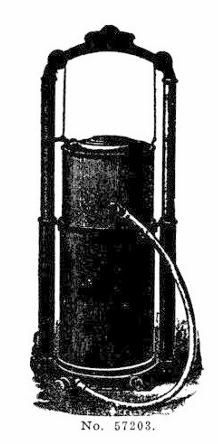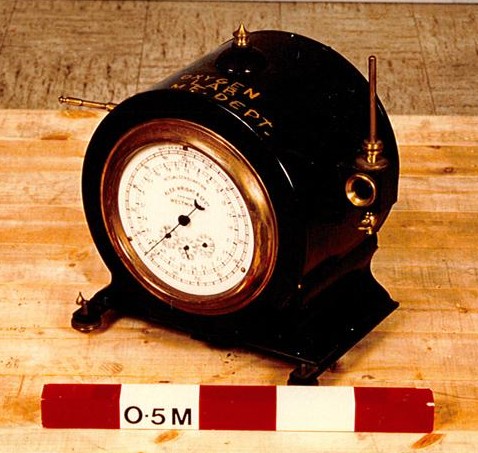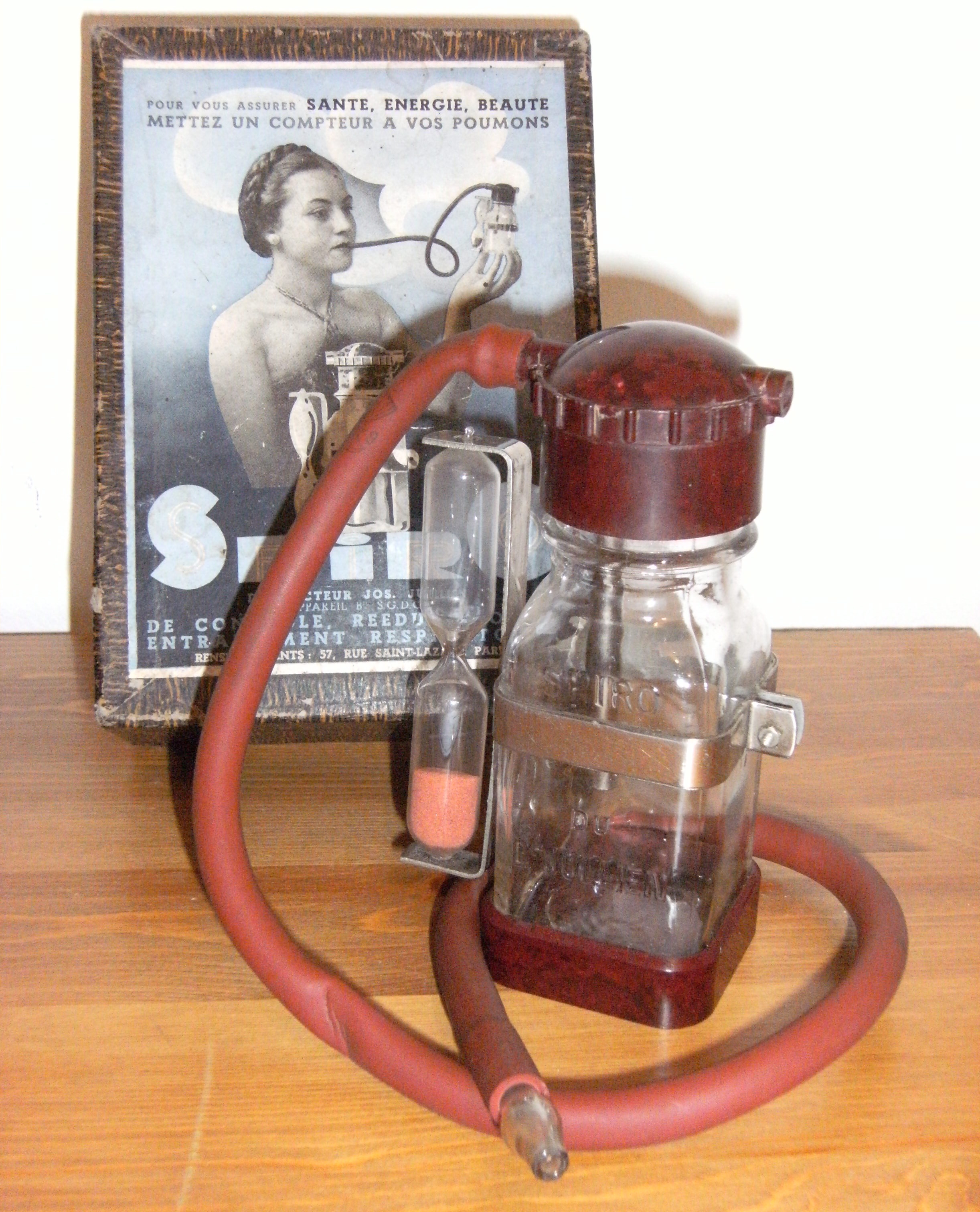 Dr. Jos. Jullien was a noted French physician and researcher who studied and treated brucellosis. He developed and patented a respiratory exercise device called the water spiroscope in 1934. It was commercially marked in 1936 by a group of insurance companies. Photo was kindly provided by Laurent Jullien, a descendent of the Dr. Jullien.
Dr. Jos. Jullien was a noted French physician and researcher who studied and treated brucellosis. He developed and patented a respiratory exercise device called the water spiroscope in 1934. It was commercially marked in 1936 by a group of insurance companies. Photo was kindly provided by Laurent Jullien, a descendent of the Dr. Jullien.
In his patent application Dr. Jullien stated (via Google translate): “The spiroscopes presently known can be divided into two categories: 1) The spiroscopes which operate on the principle of gas holders or those that operate on the principle of communicating vessels, present a significant incumbrance; a large body of water (6-7 liters) is required to run and are consequently little easily transportable; 2) The pressure gauges spiroscopes to offer significant resistance to exhalation, which results in errors in the measurements; Moreover, these devices are expensive and delicate maintenance. “… This innovation is intended to overcome the above drawbacks; it relates to a Spiroscope characterized by a conduit expired air discharge opening freely in a liquid bath,
controlling the rate of expiration, while a movable indicator member controls the duration of expiration, thereby measuring the volume of expired air and the duration of exhalation. ”
The leaflet provided with the spiroscope said (via Google Translate): “Fill with water to half the bottle: First time. Aspirate slowly and deeply through the nose (as it sniffs a flower). 2nd time. Hold your breath, take the glass between the lip tip at the end of spiro tube. Reverse the hourglass, sand above. When the sand runs, blow gently and steadily in the tube, without stop, by setting the exhaust air bubbles on the flow of the sand. 3rd time. Stopping short of breath, leave the unit for a time equal to the second time, breathing plenty (suck through the nose, blow through the nose). Rate each blowing the amount of blown sand. You control well and increase your respiratory capacity and ventilate up your lungs.”
Further information (also provided by Laurent Jullien) on Dr. Jullien can be found at:
1. Laurent Jullien, Le SPIRO du docteur Jos Jullien, Clystère, n° 51, p. 28-45, juin 2016.
2. Laurent Jullien, Le Spiroscope à eau du médecin-artiste Jos Jullien, de la médecine au bien-être, La Nouvelle Cigale uzégeoise, n°12, p 11-16, Lucie éditions, Nîmes, décembre 2015.
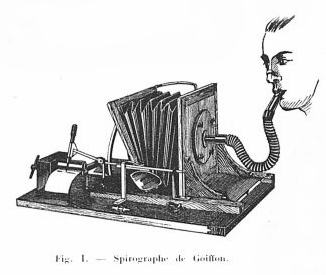
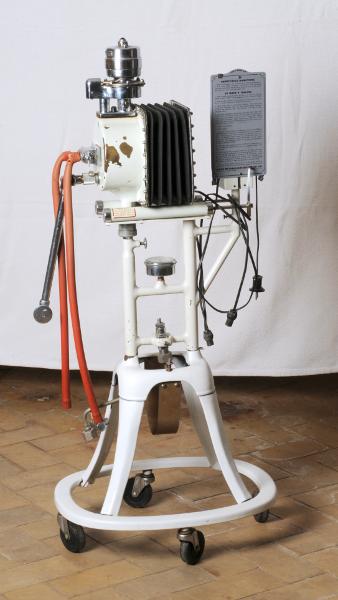
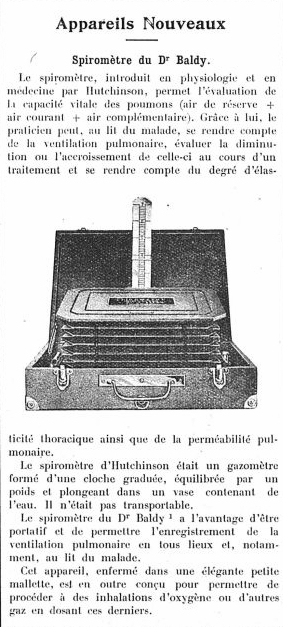
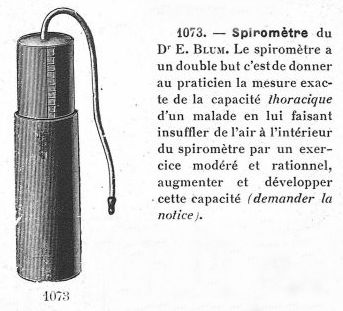
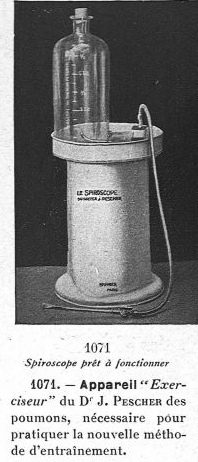
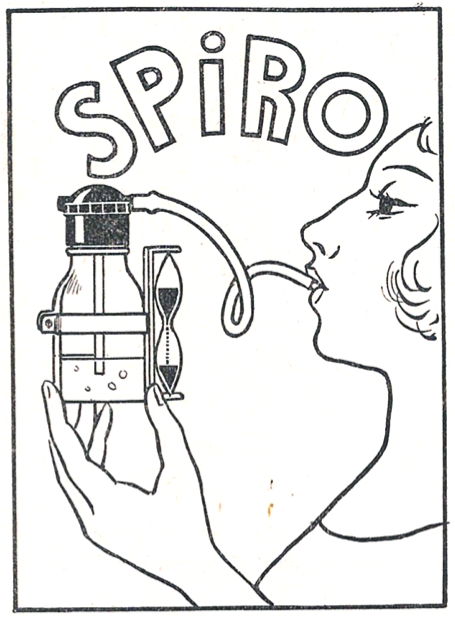
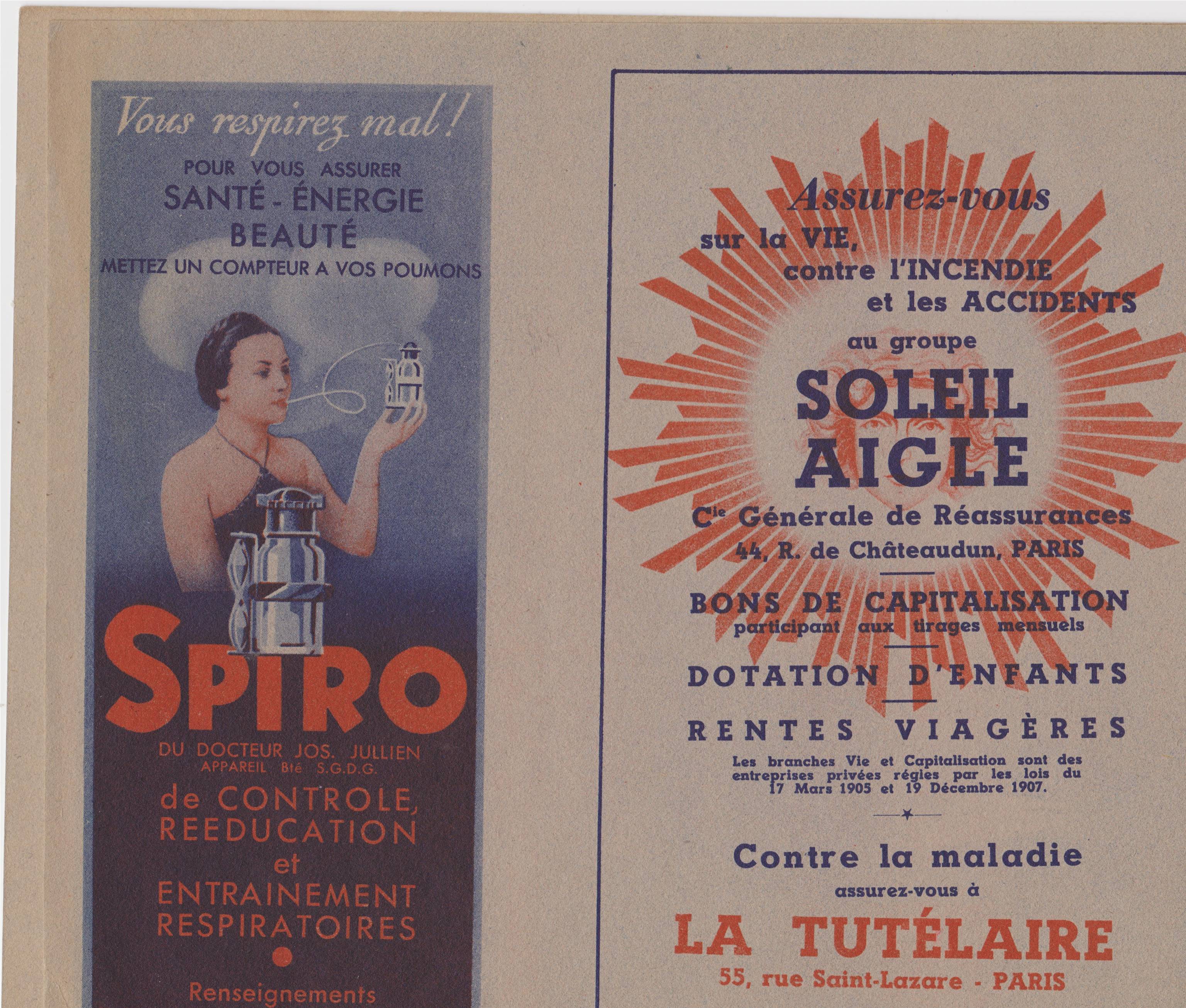
 Dr. Jos. Jullien was a noted French physician and researcher who studied and treated brucellosis. He developed and patented a respiratory exercise device called the water spiroscope in 1934. It was commercially marked in 1936 by a group of insurance companies. Photo was kindly provided by Laurent Jullien, a descendent of the Dr. Jullien.
Dr. Jos. Jullien was a noted French physician and researcher who studied and treated brucellosis. He developed and patented a respiratory exercise device called the water spiroscope in 1934. It was commercially marked in 1936 by a group of insurance companies. Photo was kindly provided by Laurent Jullien, a descendent of the Dr. Jullien.